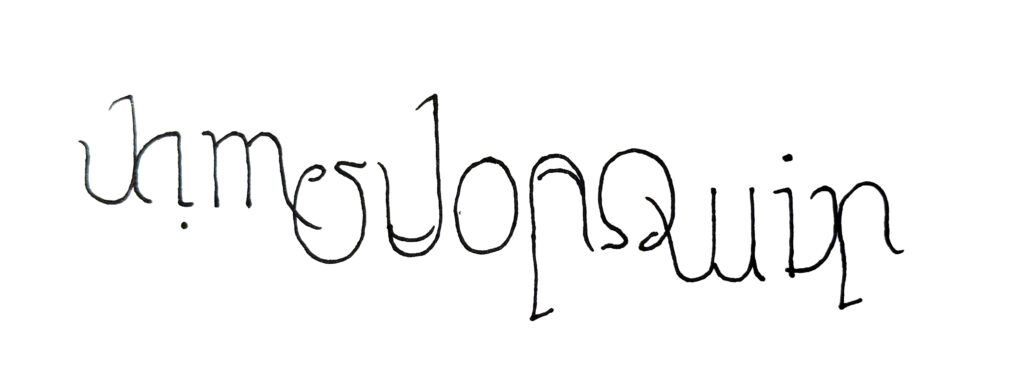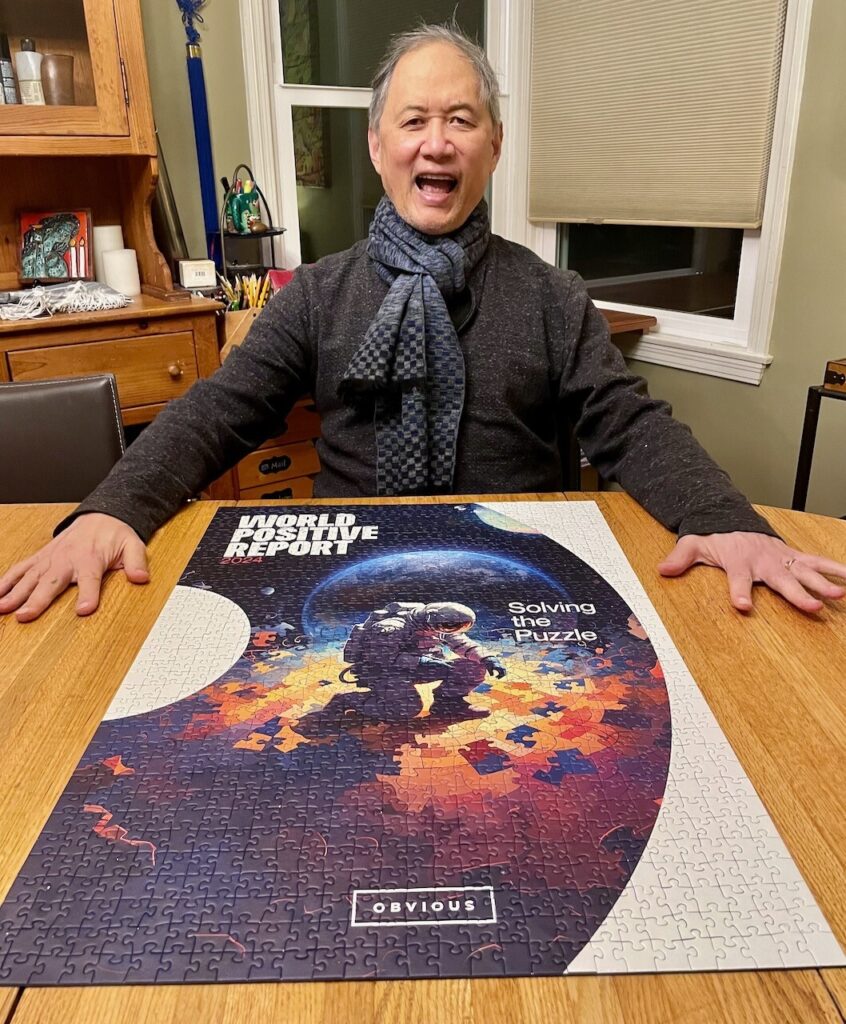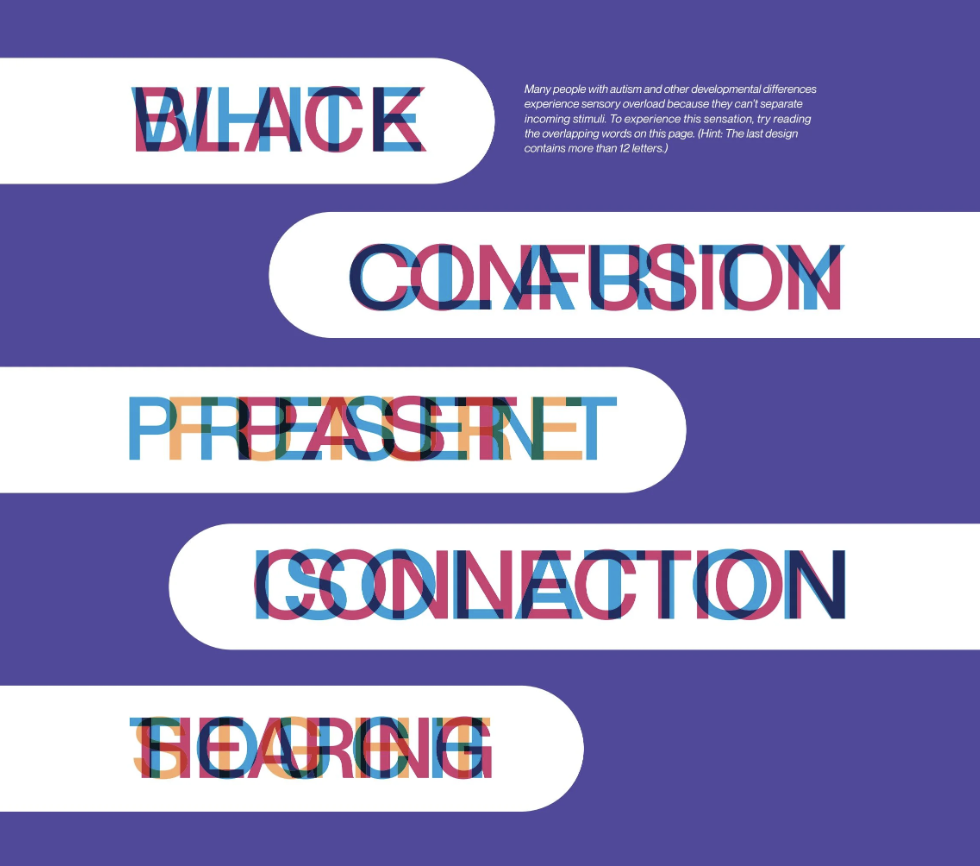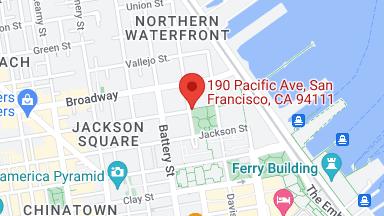The Missing Piece
Inside the making of Scott Kim’s world positive puzzles
Emily Brady |

Nearly a decade ago, we founded Obvious Ventures to invest in companies solving the biggest, most complex problems of our time. These problems include the climate crisis, financial insecurity, and chronic disease. Together they are like a vast, intricate puzzle. We are working to solve it by decoding the connections among social, environmental, and economic factors, and investing in the most scalable solutions.
Every year we showcase these solutions in our World Positive Report by highlighting how our portfolio companies are building a better world, one piece of the puzzle at a time. This year, we worked with the renowned master puzzle Scott Kim, to bring this metaphor of solving a vast, complex puzzle to life in the pages of our report.
The puzzle master
Scott is known for his innovative contributions to the world of visual puzzles and games. He created his first puzzle in 6th grade and has been at it ever since. With an undergraduate degree in music and a PhD from Stanford in computer science, Scott brings a curious, creative mind to his creations.
He first gained prominence for his work creating ambigrams—typographical designs that can be read from different angles or orientations—and is the author of several books, including “Inversions” and “Mind Games.” Scott’s work has appeared in national publications including the New York Times and Discover magazine.
He’s also worked designing games including Tetris and Bejeweled, and has consulted for various tech companies, including Apple, where he first met Obvious co-founder and managing director James Joaquin. Years ago, they collaborated for the launch of the programming language Dylan. James was the product manager. Scott was brought in to create the logo and user’s manual.
Shortly after meeting, Scott asked James how to spell his name and then slowly wrote it down on a piece of paper. It was as if he were translating into another language, which he is basically what he did. When James looked at what Scott wrote, he realized that he could also read his name when he held the paper upside down. It was pure magic.

“I was captivated,” James recalls. “I wondered who is this creative individual who can visualize shapes, letters, and forms in multiple orientations and dimensions?”
A 20-year-hiatus
Many years have passed since that piece of paper changed hands. James went on to build Obvious, and on a personal level, to indulge in his passion for solving puzzles, which he realized was the perfect metaphor for what we do at Obvious. When the time came to kickoff this year’s report, James knew he wanted to build it around the puzzle metaphor, and if we did that, the report should include some actual puzzles.
“What person could take these companies working across disparate industries and come up with puzzles linked to them?” James wondered. Scott Kim immediately came to mind.
For Scott, the collaboration with Obvious was a no-brainer.
“This was a dream project. I love doing projects for a good cause,” Scott says. “Like Obvious, I do puzzles with purpose. Sometimes it’s education or to convey an idea or to expand your mind.”
Scott’s goal for the World Positive Report was to build several layers of puzzles into the design, at various levels of difficulty. One of the major challenges was to do so in a very subtle way.
“It needed to remain a report firsthand. It couldn’t look like a workbook or a puzzle book,” he explains. “It had to serve the story first.”

A puzzling process
And serve the story he did. The collaboration began with brainstorming sessions between Scott, the design team from Pineapple SF, and the editorial team at Obvious. After some back and forth, Scott set about creating puzzles. Each of the puzzles has a connection to a coded message hidden in the story imagery.
The report also contains a coded phrase as a clue to help you to solve the penultimate puzzle. For ambitious puzzle nerds, there’s also a very challenging circle cipher on the last page that James helped create. Scott’s favorite puzzle, the one he calls the most “original” in the book, is the one he designed for a story about the company Positive Development, which provides developmental therapy to children with autism.
Scott designed the puzzle, which features different-colored, overlapping words, to give the reader an experience of what it’s like to have autism.
“If you’re neurodivergent, you process information differently. I wanted a puzzle that gave you that experience,” he says.
The result is a puzzle that is both visually interesting and that provides the reader with a sensory overload as they work to visually decipher the words.

For Scott, the result of the collaboration was joy. “This is one of the most fun projects I’ve worked on,” he says. “Ultimately, it was the people. It was a creative collaboration. Everyone was good at what they were doing and we created something no one of us could have created on our own.”
Want to help solve the puzzle? The first three people to email us the solution to all the puzzles at puzzles@obvious.com will get some limited-edition Obvious Ventures gear.



